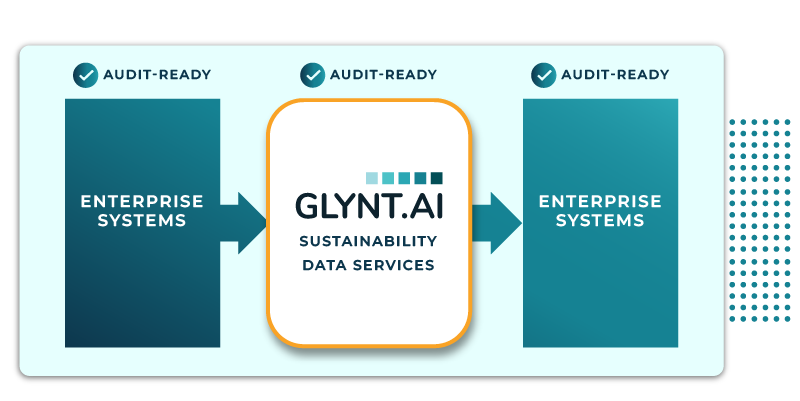Compliance Framework
Purpose
This document describes how customers can rely on GLYNT. We take a brief tour of the GLYNT data preparation system and discuss the mechanics of certificates, documentation and roles.
To put compliance and auditability into context, consider these quotes from a recent accounting roundtable.
Key Quotes from a Recent Accounting Roundtable
On Sustainability Data
“The importance of the credibility, accuracy, and reliability of this information cannot be emphasized enough,”
On Integrated Financial-Sustainability Reporting
“Investors want a holistic view of the company. Financial data alone is not enough. Sustainability data is not enough. This leads to integrated reporting, which better communicates the value creation potential of the enterprise.”
How Will Integrated Financial-Sustainability Reporting Develop?
“Controls, controls, controls.”
Source: CPA Journal, Roundtable on Integrated Reporting
Shared Responsibility Model

This is known as the Shared Responsibility Model, in which the customer has responsibility for its software and systems and can rely on GLYNT to maintain a compliant data service.
How It Works
For a company that has built their own sustainability data preparation system, an audit or assurance review will focus on the method of sustainability data preparation, with attention to reliably producing data that is decision-useful. (Decision-useful data is accurate, complete and in context.) When a company uses GLYNT’s services, the auditor will want documentation on whether GLYNT’s data services meet these same criteria.
Customers are provided with a certificate of attestation, which is statement that GLYNT has had an audit of its own systems and is able to perform the sustainability data preparation service in a manner that meets the required standards. GLYNT also creates a data manifest with each data transfer, detailing chain of custody for the source data and details on data lineage. In this way customer data can be tied to a processing event in the GLYNT system. Finally, GLYNT can provide other system descriptions and third-party compliance reports as needed.
About GLYNT’s Compliant Sustainability Data Preparation System
GLYNT has an automated data preparation system, with a library of built-in monitoring, controls and KPIs that track data health, data integrity and completeness. In terms of the compliance and audit perspective there are five main components to GLYNT’s system:
- Transaction-level monitoring. This includes data lineage, chain of custody (for original source data), accuracy, completeness and more. A layer of controls (preventative and detective) is added throughout the system to test the data flows. And a layer of KPIs is added to deliver insights and analytics on data quality.
- Monitoring for data completeness. As original source data comes into the GLYNT system, tracking IDs are added, and the chain of custody of these data are tracked. Data extracted from the original sources can be tracked back to the original source ID. GLYNT also monitors data flows for completeness, in that very data source expected is active and delivering data per the projected schedule.
- Validation of structured sustainability data for decision-usefulness. As the structured data leaves the GLYNT system, it is tested to ensure it will be decision-useful in the next system it flows to. This means the data should be accurate, complete and in context. The latter tested via coordination of the systems data dictionaries and GLYNT semantic engine.
- Monitoring the system. With a complete data processing system in place, GLYNT added another system, one to monitor the performance of the data processing system. In this way there are no hidden surprises, such as an API that goes inactive without anyone noticing. The monitoring of a completed system is another way to reduce errors.
- System of governance. The GLYNT executive team and compliance leads meets on a regular basis to review the performance GLYNT system, identify risk points and put in risk mitigation strategies. The GLYNT Board, and members of the Board, also undertakes scheduled reviews.
With these five components, GLYNT has a complete and compliant system of sustainability data preparation. GLYNT undergoes a third-party review each year and provides the associated documentation and certificates to customers.
Summary
WHY GLYNT
PARTNERS
DATA SERVICES
© 2024 GLYNT.AI, Inc. | #betterdatafortheplanet | Terms of Use | Privacy Policy | Compliance Framework

